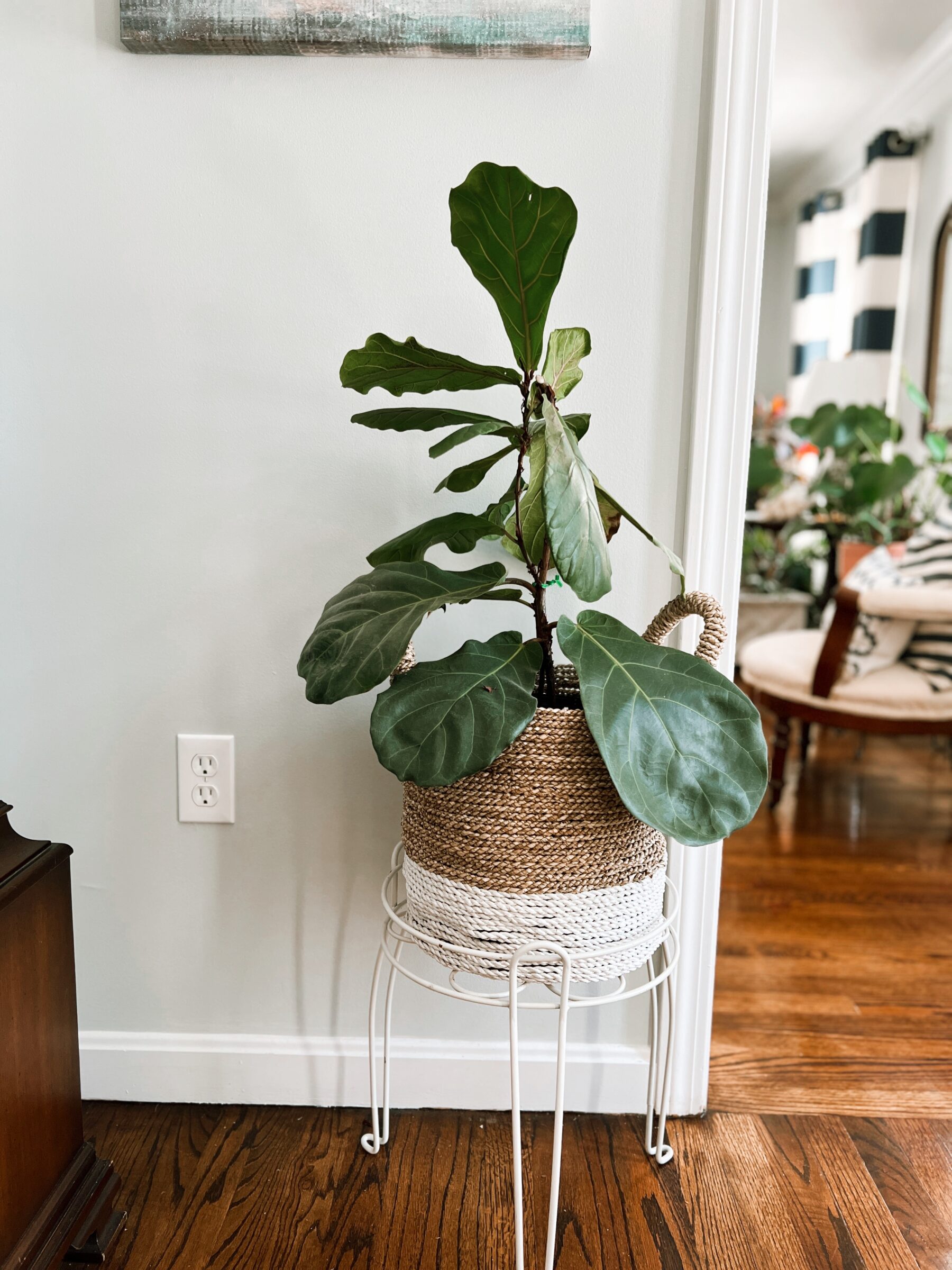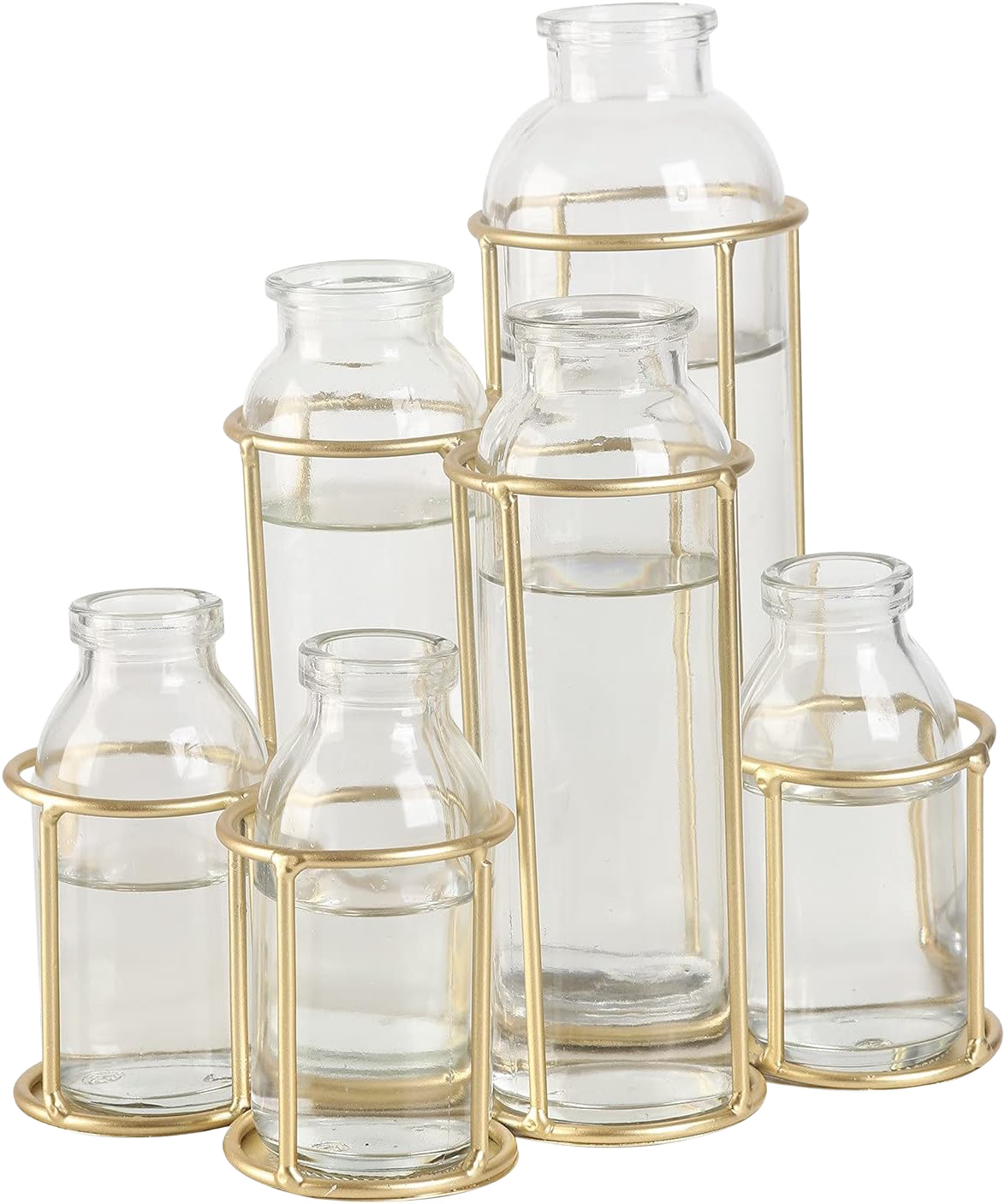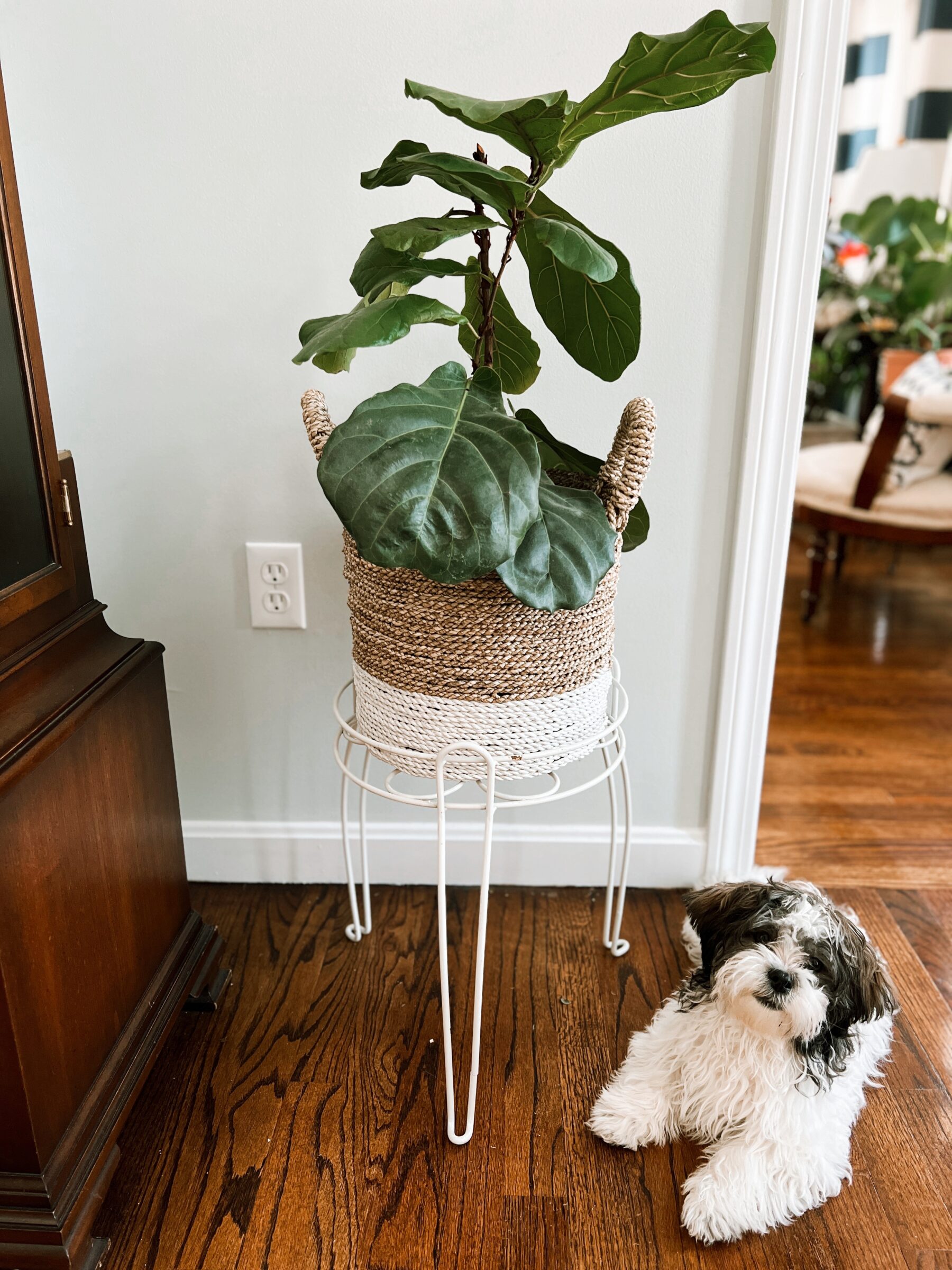
Having greenery throughout my home is not only a requirement for my decor but it’s also an integral part of my mental health excercise. I find it to be a sort of self-help therapy that puts me at ease. I love to talk to my plants and I love to care for them and in return they show their appreciation when at times it seems no one else does, lol. Frankly, I don’t think we give plants enough credit for the amount of beauty and joy they bring into our lives.
On that note, my fidde-leaf fig was getting a little scraggly and it was in need of a trim but I didn’t want to waste any of the cuttings, so I’m going to propagate it. Fiddle-leaf figs are known for being finicky, but they are actually quite easy to propagate. There are three propagation methods: rooting cuttings in soil, rooting cuttings in water, and air layering. Today I’m going to focus on rooting the cuttings in water, the most common method for propagating fiddle-leaf figs. You can also do this method for a monstera plant.
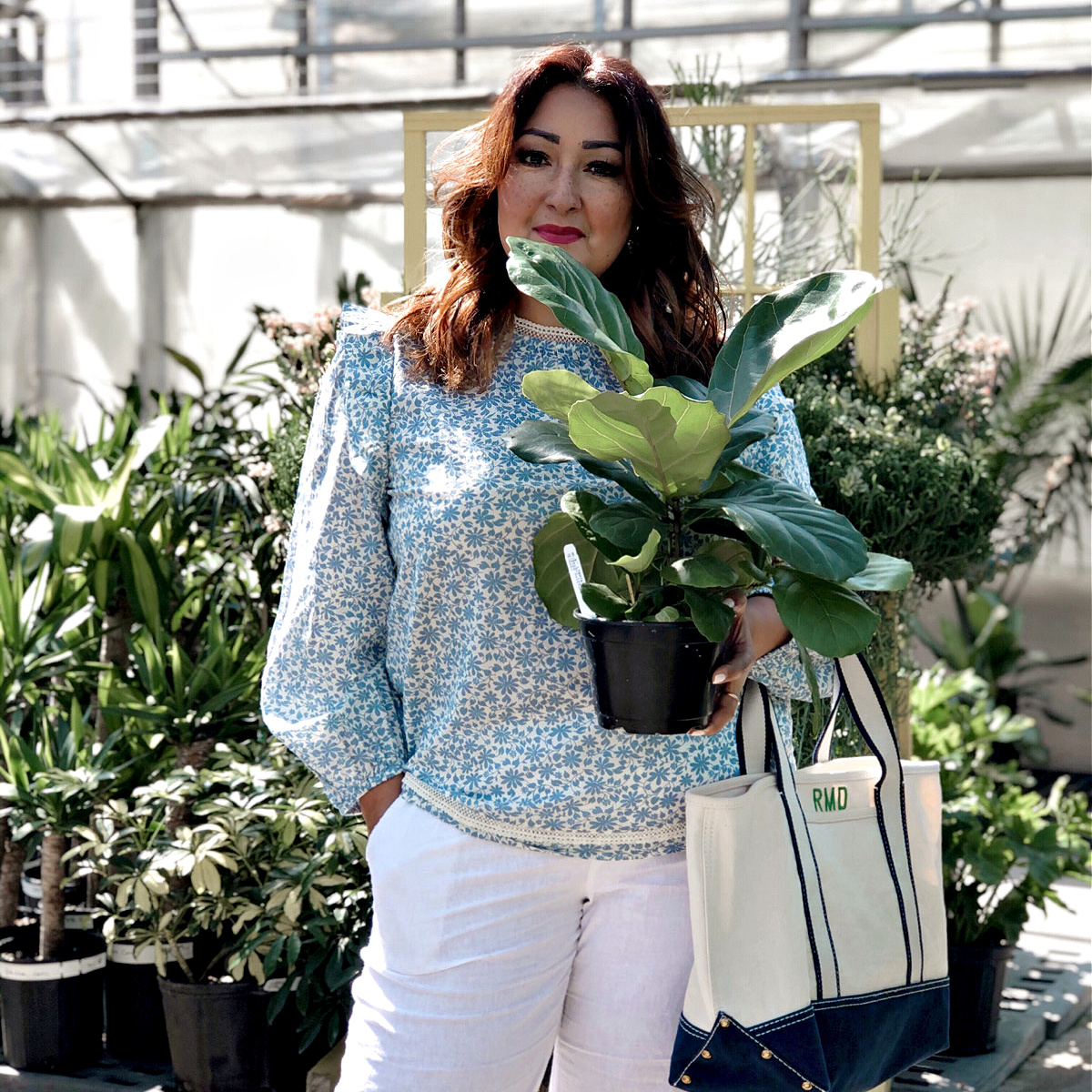

HOW TO PROPAGATE FIDDLE-LEAF FIG IN WATER
The best time to propagate a fiddle-leaf fig is during the spring/summer when the tree is actively growing. However, you can still propagate during the fall and winter months, but growth will be slower and there is a greater chance that the propagation will fail.
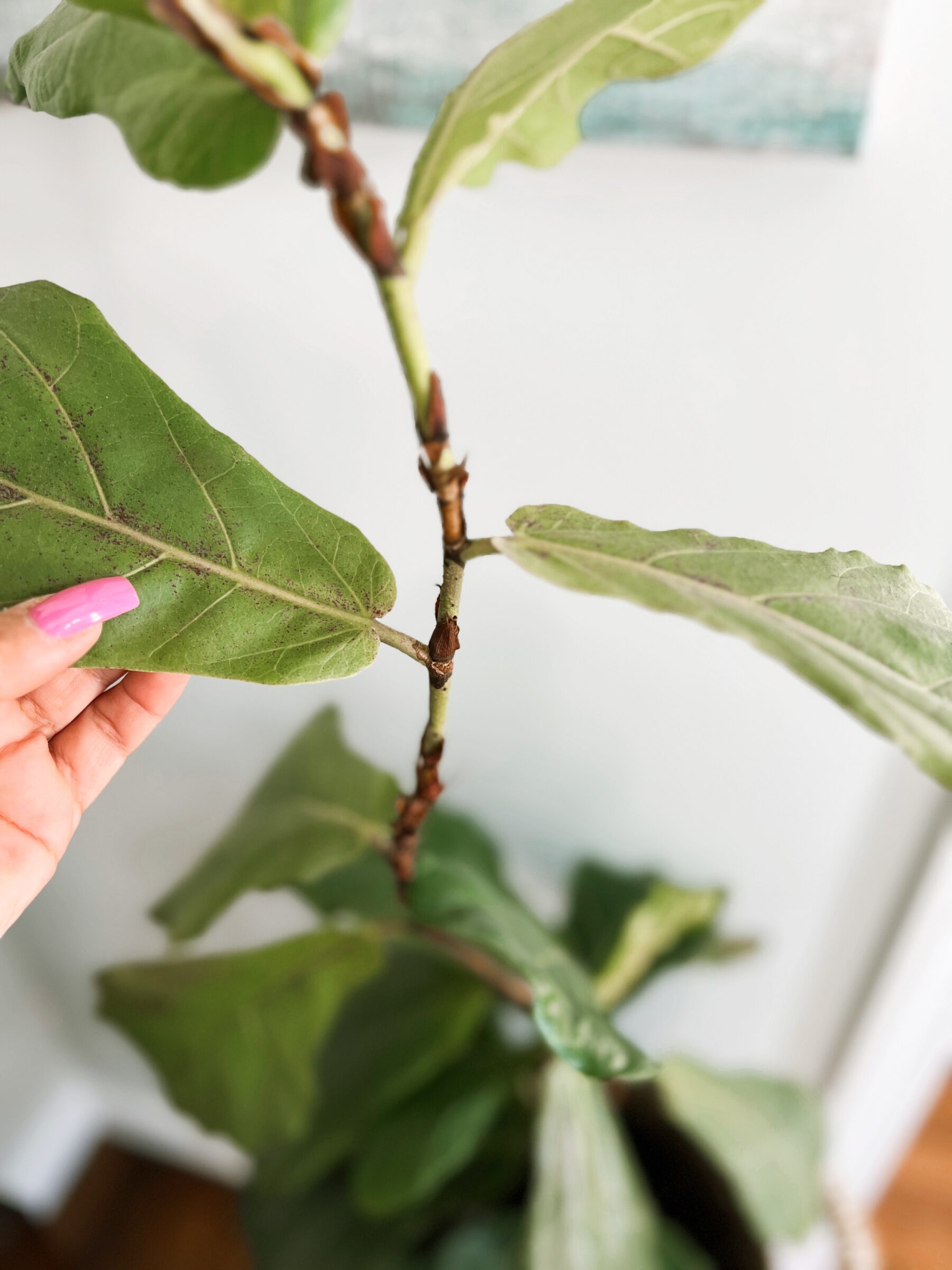
PICK YOUR BRANCH CUTTINGS
Using a sharp, clean pruning shears, take a cutting from your fiddle-leaf fig. Each cutting should have three or four nodes along the stem. Remove the leaves at the bottom half of the cutting.

PUT YOUR CUTTINGS IN WATER
After you select your branch clear off any damaged leaves, as these will drain it’s food source. I am dividing this branch into two in hopes it will render me two new plants.
Fill a glass container with fresh, room-temperature water and place the cuttings in the glass. Make sure the nodes are submerged and the remaining leaves stay above the water.
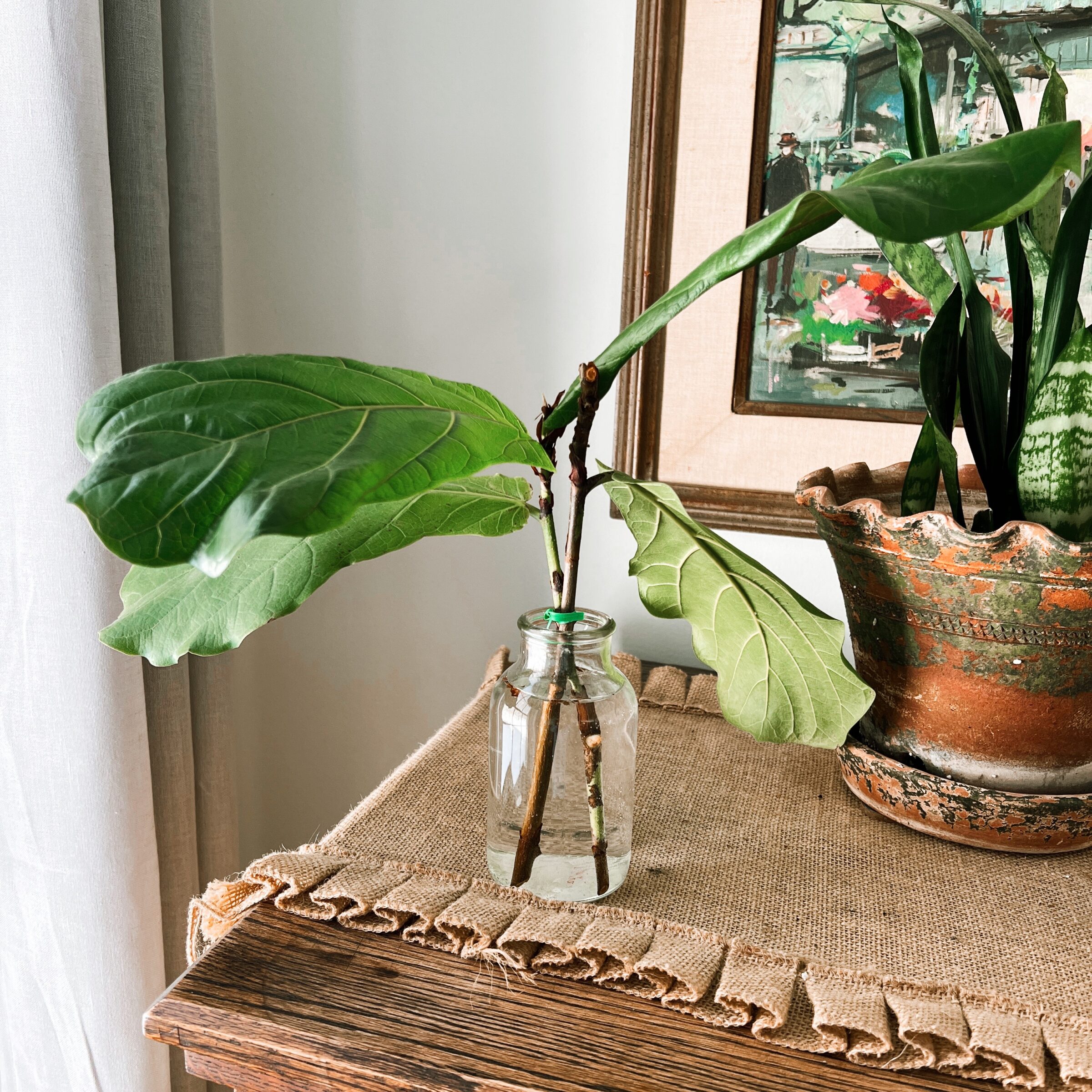
PLACE THE CUTTINGS IN A BRIGHT SPOT
Put the cuttings in a warm spot that receives bright, indirect light (avoid direct sunlight as this can kill it). Change the water once a week to keep it fresh. Roots should begin to develop within a few weeks, a little longer if done in the winter.
Plant The Rooted Cuttings In Soil
Once your cuttings have developed a good amount of strong roots you can then transfer these to your planting pots. Fill a small pot with well-draining soil and plant the cutting. Water it well and place it in a warm, bright location. Keep the soil evenly moist for the first two weeks to help the roots acclimate to the soil.🪴
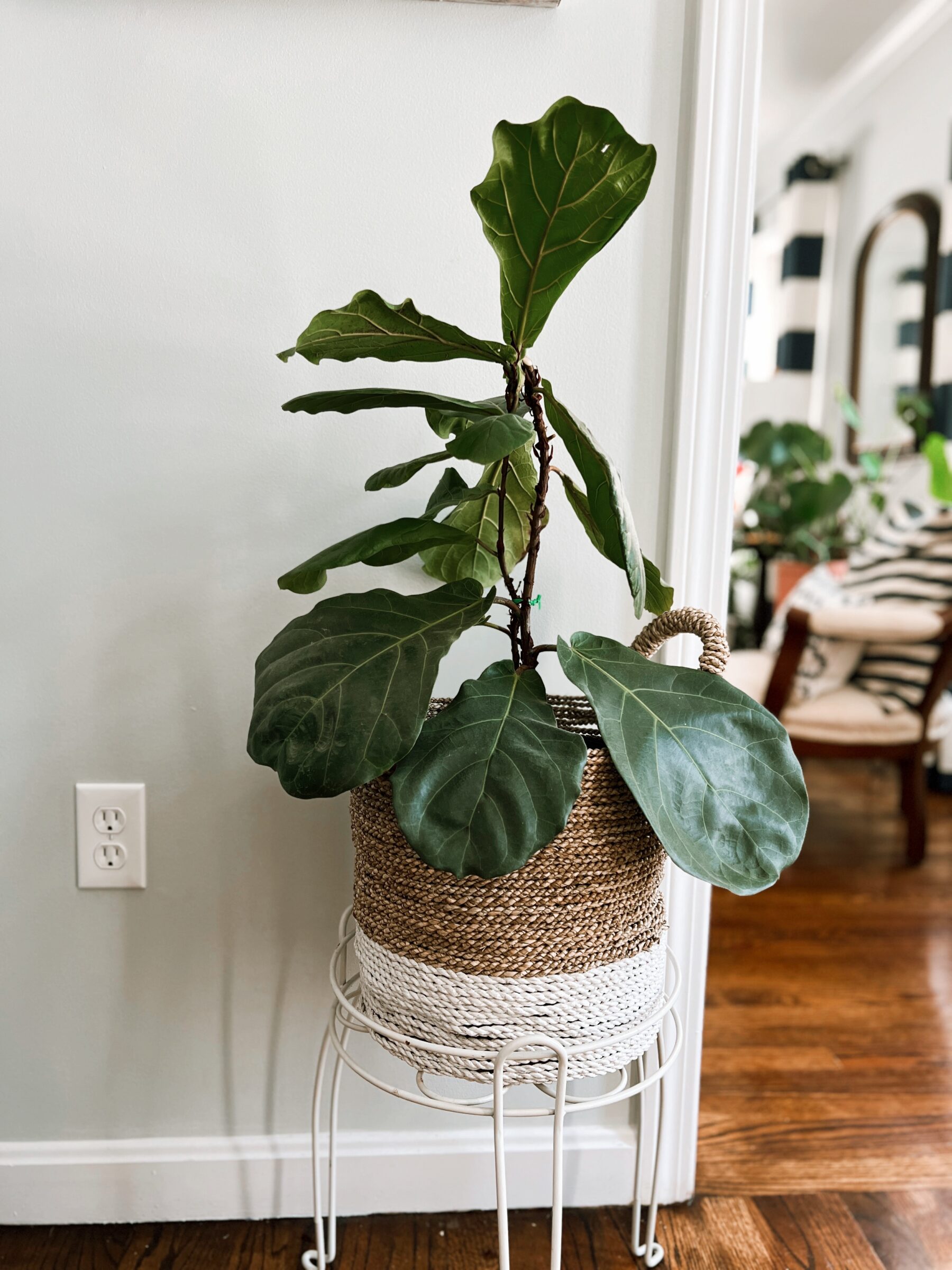
PRUNING YOUR FIDDLE-LEAF FIG
Choose an Upper Section Spot to Trim
Like propagating, pruning is best done during the spring/summer when the plant is actively growing and there is plenty of light to encourage new growth. Before cutting, decide what you’re looking for. Do you want overall fullness and height or do you prefer lateral fullness? My little tree wasn’t very tall, just under 42″ and very scraggly so I decided to top it off. By cutting off the top of the main stem, this will help my fiddle-leaf fig to grow fuller. It will stimulate new growth below the cut, encouraging it to grow bushier and it will also give the plant new height.
Make Your Cut to the Main Stem
Once you decide where you want to prune, locate the internode, (the space between nodes) and make a clean cut just above the top of the node. (A node is a point where leaves, buds, or branches grow from. See more here.) This is the section of the plant I just cut away to propagate a new fiddle-leaf fig plant.
Nourish Your Fiddle-Leaf Fig
Now that I’ve pruned my fiddle-leaf fig, I’m placing her back in the same spot as before since she gets plenty of indirect sunlight there. I’ll continue to water and monitor the moisture of the soil to ensure it has enough nutrients to fuel new growth. Hopefully I’ll begin to see new shoots and leaves beginning to grow in a few weeks, and so should you. 😃
